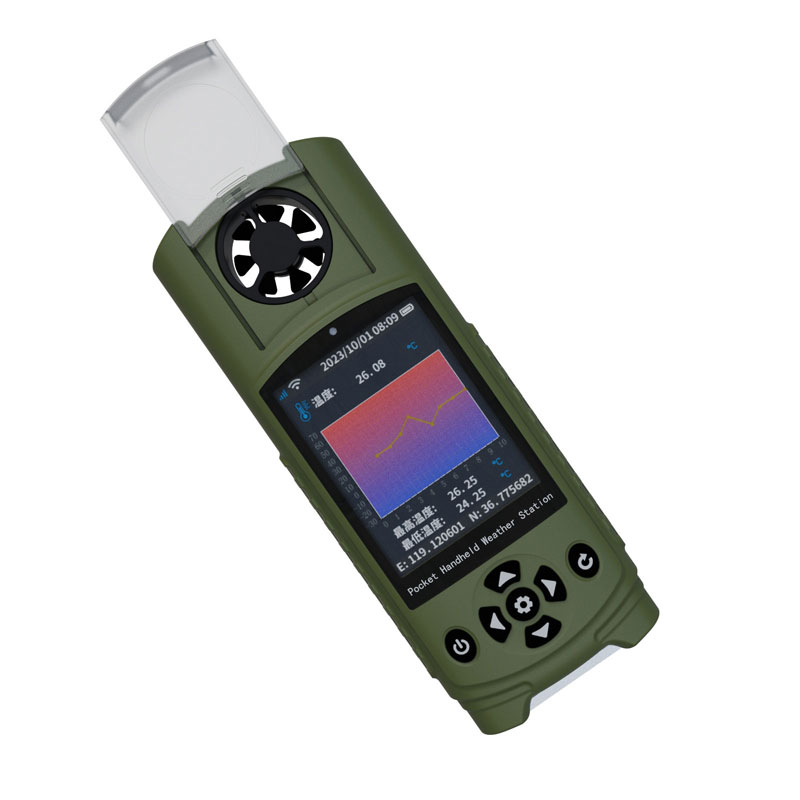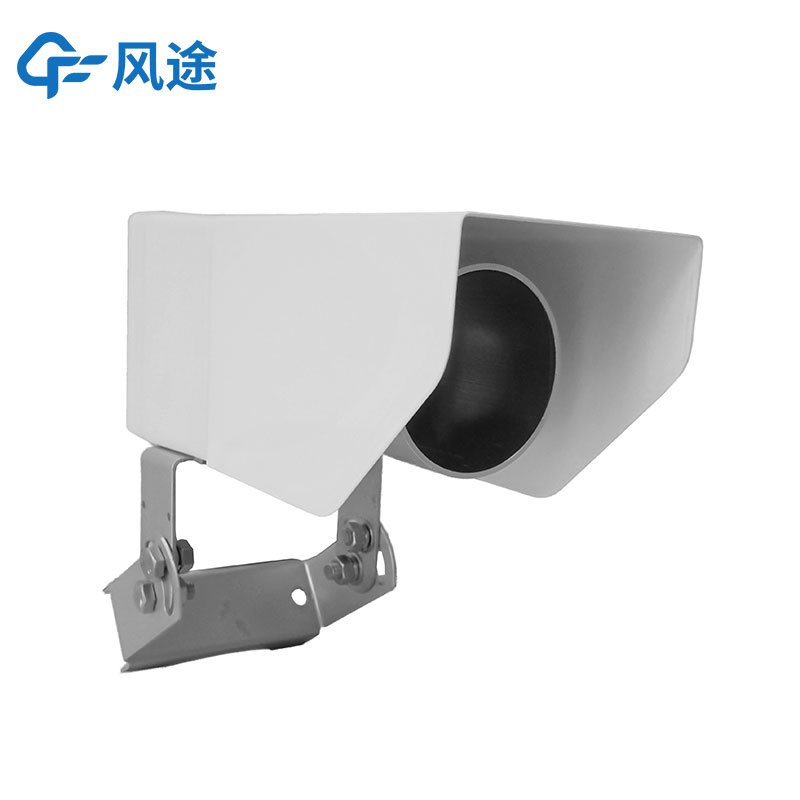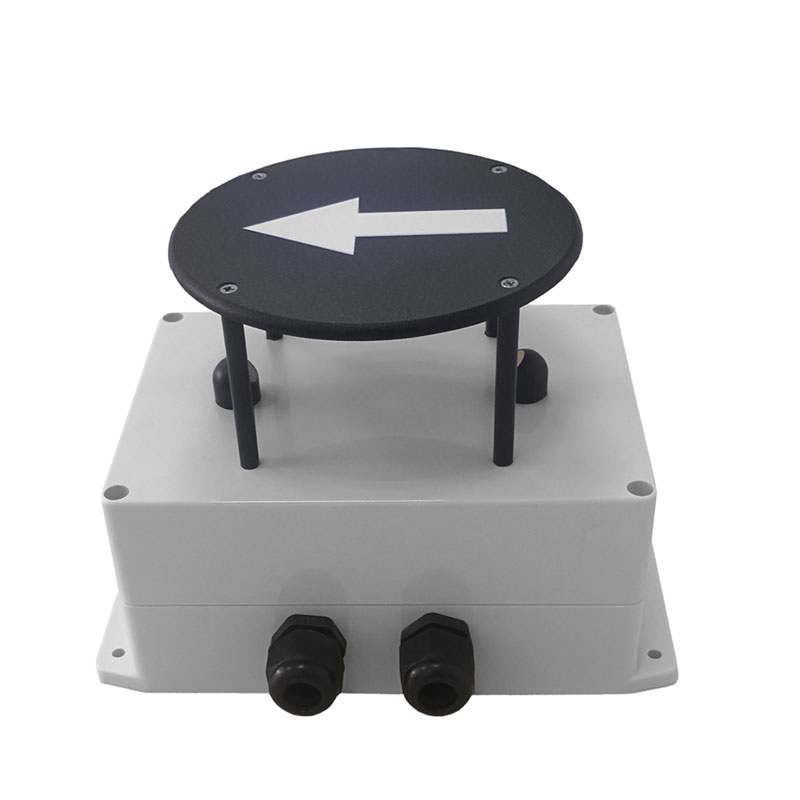Product
Recommended article
- How Forestry Weather Stations Bolster Forest Fire Prevention Efforts
- Discover the Power of Negative Oxygen Ion Monitoring System for Cleaner Air
- Comparative Analysis of Ultrasonic and Automatic Weather Stations in Meteorological Monitoring
- Breaking Through the ‘Last Meter’ with Online Dust Monitoring System
- Mastering Road Conditions with Road Weather Station
- Inhalable Dust Continuous Tester: A Portable Solution for Dust Concentration Monitoring
Contact us
Shandong Fengtu IOT Technology Co., Ltd
Sales Manager:Ms. Emily Wang
Cel,Whatsapp,Wechat:+86 15898932201
Email:info@fengtutec.com
Add:No. 155 Optoelectronic Industry Accelerator, Gaoxin District, Weifang, Shandong, China
Integrated forest fire risk factor monitoring station component
Article source:Weather station time:2024-05-16 08:55:56 viewed:62times
Forest fires are an extremely harmful natural phenomenon that causes far-reaching and severe damage to the forest environment. The following are some of the key characteristics of forest fires:
Widespread impact: this type of fire is capable of spreading rapidly, reaching vast areas of forest.
Extremely destructive: it not only destroys the vegetation of the forest, but also destroys wildlife habitats and causes serious damage to biodiversity.
Persistent: Due to the complexity of forests, once a fire breaks out, it is often difficult to control it quickly, and the fire may last for a long period of time.
Difficult to control intensity: Forest fires are often very intense, making fire suppression extremely difficult.
The impacts of forest fires on forest ecosystems are long-term and multifaceted; they not only lead to direct forest loss, but may also trigger chain reactions such as soil erosion, which can cause long-term damage to the environment. Forest fires are therefore considered to be one of the most serious threats facing the forestry sector and require proactive prevention and response measures to reduce their likelihood of occurrence and minimise the damage they cause.
The Integrated Forest Fire Risk Factor Monitoring Station (IFRFMS) is a core link in the Forest and Grassland Fire Risk Monitoring and Early Warning System (FGRFMS), which deploys sensors and monitoring equipment to collect key fire risk-related data, such as meteorological conditions and ecological indicators, in real time. These data are transmitted to a central database for analysis to assess the forest fire risk level. The monitoring station not only releases timely warning information, but also provides a scientific basis for decision-making on forest fire prevention and enhances the ability to detect and respond to fires at an early stage.
It integrates a variety of sensors, including micro-meteorological sensors (monitoring temperature, humidity, barometric pressure, wind speed, wind direction, rainfall and lightness), and optionally surface combustible sensors (measuring withering material), surface temperature and soil moisture content sensors, multi-spectral image detectors for phenology, and inclination sensors (X, Y, Z axis).
The monitoring station supports data communication via GPRS/4G and is equipped with a solar-powered system to automatically collect multi-dimensional fire risk factor data from forests and grasslands around the clock, thus enabling accurate analyses of forest fire risk levels.

This paper addresses:https://www.yf182.com/industry/376.html
Related products
Related article
-
What can be done about forest fire prevention? Try this weather station
2024-04-24 -
Dust monitoring system for in-depth environmental protection
2024-02-20 -
Four-parameter weather station with four core weather elements
2024-08-05 -
All-in-one vehicle-mounted weather station
2024-04-10 -
What are forest fire risk factor collection stations for?
2024-07-17 -
Structure of small meteorological monitoring stations
2024-01-23 -
Discovering the Small Automatic Weather Station
2024-12-11 -
Temperature, humidity, visibility, wind, icing, haze monitoring equipment
2024-06-17










